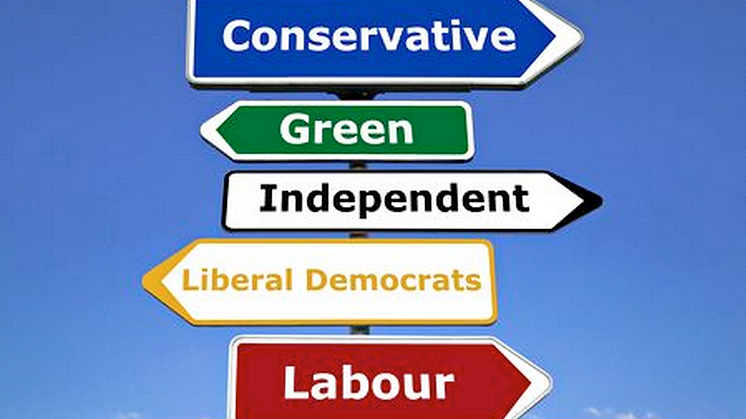
Blog post -
7 Ways You've Been Approaching Journalists Completely Wrong
As people of the PR and marketing industry, you’ll be familiar with the concept of distributing press releases and the struggles faced when trying to “reach” journalists. It can sometimes feel a bit hit or miss. And even with so many "how to" guides out there, it's difficult to know which to listen to.
We spoke to two journalists who shared their insights and shed some light on the most common mistakes they see PR people making:
1. Not knowing the purpose of the press release
You’ve written an amazing press release, crammed it with all the juicy info and given it a punchy headline to grab the recipient’s attention. But beyond that…do you actually know what you want? Where do you want your story to appear? Who do you want to broadcast it? Who do you want to read it? And what actions do you want readers/viewers to take off the back of it?
A journalist can easily spot if these questions haven’t already been considered, so make sure you know your desired end goal, before you send to every journalist in your contact list.
2. Sending blanket emails
Would you take the time to read an email which has clearly been spammed out to a trillion other inboxes? Probably not. So why would a journalist?
As humans, we’re more likely to engage with and respond to correspondence that makes us feel like we’ve been contacted for a reason, because we’re of real value, personally or professionally.
Carefully compile a list of the key journalists you want your story to be picked-up by and offer them something extra – for example, an exclusive interview. Make them feel special!
3. Too focused on SEO
There was a time when press wires were all the rage, as was keyword stuffed content. For that reason, PR people had a tendency to gear up their press releases for SEO – and rightly so (at the time). But as anyone who worked in content marketing a few years back will know, keyword rich content doesn’t read too well. Make sure your press release focuses on getting across the key information in a digestible and natural tone.
4. Being unavailable
Hurrah! The journalist received, read and loved your press release – and now they’re keen to speak with you via the contact details you so smartly provided. But the person they need to speak to – be it for more information or a quote – never seems to be available. Time is precious for journalists so they’re unlikely to chase you. If you’re not available to speak then you may miss your opportunity for coverage.
5. Bad timing
There’s a gazillion and one bits of “advice” scattered across the web, telling people what is the best day, hour, minute, second is to send a press release. When it comes to timing, it isn’t the hour or day that’s of particular importance but instead it's the timeliness of the content – is it relevant now? And is there bigger, similar news that could result in your story being brushed under the rug? Look at what’s going on in your industry and in the news in general to gauge whether now’s a good time to send to the journalist.
6. Too much chasing
Imagine you’ve received an email from someone and within seconds they’re calling, texting and sending carrier pigeons your way – it’d get a little annoying, right? And so it all boils down to the point we made earlier: journalists are human too! Don’t bombard the poor souls else you’ll run the risk of scaring them off altogether. Contact them in a way which feels most natural.
7. Un-digestible information
Whether you’re making a world-changing announcement or have news about your one-man company, make sure you set out your information in a clear, digestible way.
The journalists we spoke to said they found it useful when senders summarised their news in a few bullet points at the start of the press release, as well as copying the entire piece into the body on an email (so that they don’t have the stress of downloading zip files, pdfs etc). Clear and simple is always key.






